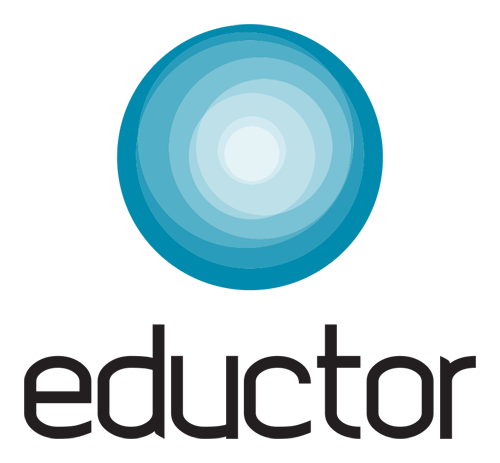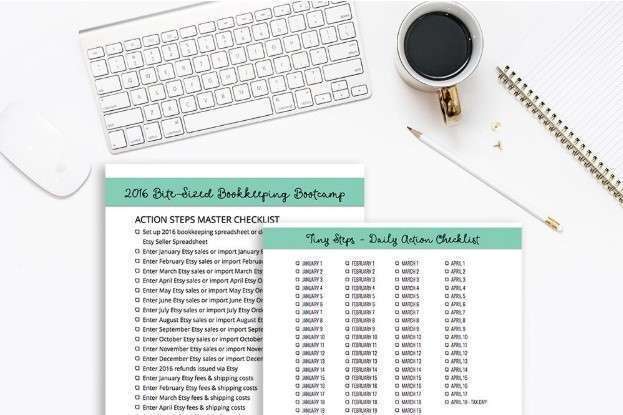That does not mean you shouldn’t try, though; there are many software options and methodologies available for assigning these less-than-obvious values. If the projected benefits outweigh the costs, you could argue that the decision is a good one to make. If, on the other hand, the costs outweigh the benefits, then a company may want to rethink the decision or project. The second step of a cost-benefit analysis is to determine the project costs.
- In the case of the park, perhaps some of the same goals could be achieved with a reduction in the costs.
- This equation will leave you with a ratio or percentage that will tell you how big of a return you’re getting on each dollar you invest in a project.
- It assesses different factors and weights them according to their importance.
- Cost benefits analysis is a data-driven process and requires project management software robust enough to digest and distribute the information.
- A cost-benefit analysis (CBA) is a structured process used to assess the advantages (benefits) and disadvantages (costs) of a project, decision, or investment.
Software implementation project
CBA is a vital tool for making decisions that are data-driven by identifying, quantifying, and estimating the costs and benefits of projects. CBA helps an organization to assign their resources efficiently which will maximize return and minimize risks. It helps teams choose projects that fit their strategic goals even though, it has some limitations. Cost-benefit analysis (CBA) is a methodical approach that quantifies and compares the costs of a project against its anticipated benefits.
Limitations of Cost Benefit Analysis
- The broad process of a cost-benefit analysis is to set the analysis plan, determine your costs, determine your benefits, perform an analysis of both costs and benefits, and make a final recommendation.
- But no matter what your overheads or targets look like, the cost-benefit analysis process is straightforward and only involves four steps.
- To evaluate all your options, you should run a similar cost benefit analysis on alternatives that you’re considering.
- Similarly, decide what metric you’ll be using to measure and compare the benefits and costs.
- Cost-benefit analysis isn’t the only type of economic analysis you can do to assess your business’s economic state, but a single option at your disposal.
- Anything below 1.0 is considered a negative return, so it turns out that the expansion of Bruce’s Bookstore may not be a good investment after all.
It’s important to note that while cost-benefit analysis is a valuable tool, it has limitations for complex decisions or when dealing with intangible factors that are difficult to quantify monetarily. In such cases, you may need to supplement it with other analysis methods. CBA quantifies both costs and benefits in monetary terms, allowing decision-makers to assess whether the benefits of a project the main goal of using a cost-benefit analysis is to reach a . outweigh its costs.
Why most businesses fail at profit planning (and 7 steps to succeed)
When considering the use of cost-benefit analysis (CBA), it’s important to weigh fixed assets its advantages and disadvantages. While CBA offers valuable insights for decision-making, it also presents challenges that can impact the analysis’s accuracy and effectiveness. The technique relies on data-driven decision-making with recommendations based on quantifiable information.
Business Insights
- For example, market research can begin with simply checking industry outlooks.
- This is a simple cost-benefit analysis that relies on the cost-benefit ratio to establish the profitability of this project.
- You can add as many columns as you like and filter the sheet to capture only the relevant data.
- What, exactly, this framework looks like will depend on the specifics of your organization.
- Unlike a traditional quantitative cost-benefit analysis that assigns monetary values to all costs and benefits, a qualitative analysis considers factors that cannot be easily expressed in financial terms.
Its drag-and-drop interface allows easy addition of shapes and connectors, while seamless data integration ensures accurate figures are imported directly. You can work with team members in real time to create and edit diagrams, ensuring everyone’s input is considered. You can add comments for feedback, export your analysis in multiple formats, and store projects in the cloud for easy access. These features streamline decision-making and improve team communication. Cost-benefit analysis (CBA) is a useful approach to weighing the pros and cons before making a decision.
Step 5: Comparing costs and benefits
Unlike a traditional quantitative cost-benefit analysis that assigns monetary values to all costs and benefits, a qualitative analysis considers factors that cannot be easily expressed in financial terms. The main goal of using a cost-benefit analysis (CBA) is to determine whether it is worth undertaking a project, decision, or action by comparing the projected costs and benefits. By systematically analyzing costs and benefits, management can decide whether it’s in a company’s best interest to pursue a new project or find an alternative.
The city’s goal would be to tally up all the costs of this decision and subtract that amount from the total projected benefits of their decision. If the city found that the projected benefits of constructing the park outweigh the costs, the policymakers would likely argue that the decision is a good one to make. No matter how great your return on investment might be on paper, a lot of that value can evaporate with poor execution of your project. ProjectManager is award-winning project management software with the tools you need to realize the potential of your project.
Cost Benefit Analysis Best Practices
This equation will leave you with a ratio or percentage that will tell you how big of a return you’re getting on each dollar you invest in a project. Here, we’re using the Cost-Benefit Ratio, which divides the present value of benefits by the present value of the costs. A ratio greater than one indicates that the benefits outweigh the costs. Now, you can use several different methods to compare your costs and benefits — but we’ll get to that in a second. This figure is then reflected in reports and in the charts and graphs of the real-time dashboard, so you’re always aware of how costs are impacting your project. ProjectManager has the features you need to lead your project to profitability.
Whether you’re looking to manage risk, increase liquidity, or fund growth, these 10 structured capital strategies could be just what you need to outsmart the market…. The reason for that could be a lack of a suitable enterprise resource planning (ERP) system…… Whether it’s a board of directors, a team of executives, or another decision-making body, make sure your presentation of findings resonates with their priorities and concerns. Armed with your calculations, you can now recommend the most financially sound option. Your findings should support a clear path forward, providing a compelling case for why your chosen alternative stands out among the rest. Remember, consistency is key when you’re crunching the numbers—make sure you’re using the same currency and time frame across all elements for a coherent analysis.




